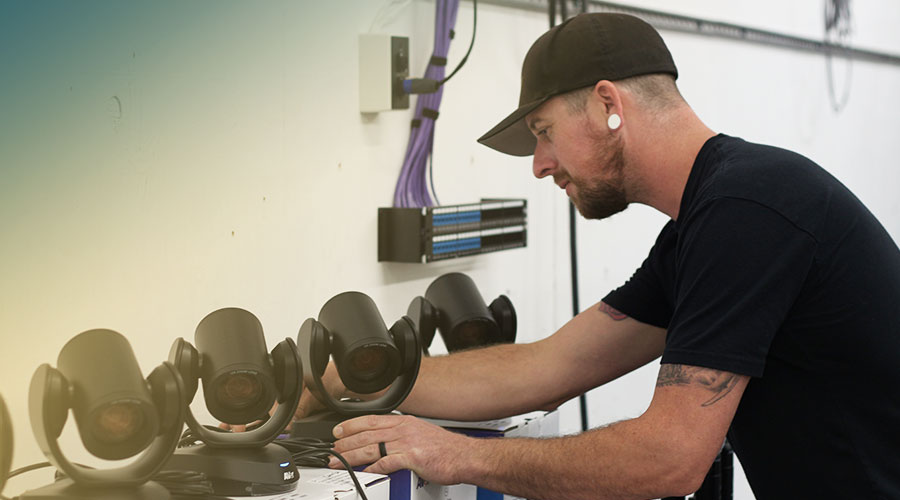The first action in effective surveillance camera installation is to identify high-risk areas within the retail space. Such areas often include entry points and exit points, cash registers, and sections where expensive products are displayed. By placing cameras in such areas, retailers can monitor customer actions and spot suspicious activities. Additionally, cameras at entry points can record footage of people coming into and exiting the store, which is essential for recognizing potential shoplifters. This proactive strategy aids in minimizing theft and ensuring a secure atmosphere.
Another key factor is the type of camera used in the retail space. Various types of cameras fulfill different purposes. For example, dome surveillance cameras are often used for internal surveillance because they are less obtrusive and can monitor a wide area. On the other hand, bullet-style surveillance cameras are best for external use, as they are more visible and can discourage illegal behavior. Store owners should assess their specific needs and select the appropriate surveillance device models to guarantee complete monitoring of the retail space.

Along with camera models, the position and elevation at which cameras are installed play a crucial part in their efficacy. Surveillance devices should be positioned commercial security camera setup at a height that allows for clear viewing of individuals and actions without being readily manipulated with. A typical recommendation is to install cameras at least 8 to 10 ft off the ground. Furthermore, surveillance devices should be tilted to monitor as much area as feasible while preventing areas without coverage. This strategic placement guarantees that all zones of the retail space are monitored, providing a full perspective of customer interactions and possible safety risks.
Finally, it is essential for store owners to consistently review and maintain their surveillance systems. This entails inspecting camera functionality, confirming that footage are clear, and updating programs as required. Regular maintenance aids to avoid technical issues that could jeopardize security. Additionally, retailers should analyze recordings regularly to identify patterns in shopper behavior and potential safety threats. By staying proactive and mindful to their surveillance systems, store owners can establish a more secure shopping atmosphere and safeguard their assets effectively.